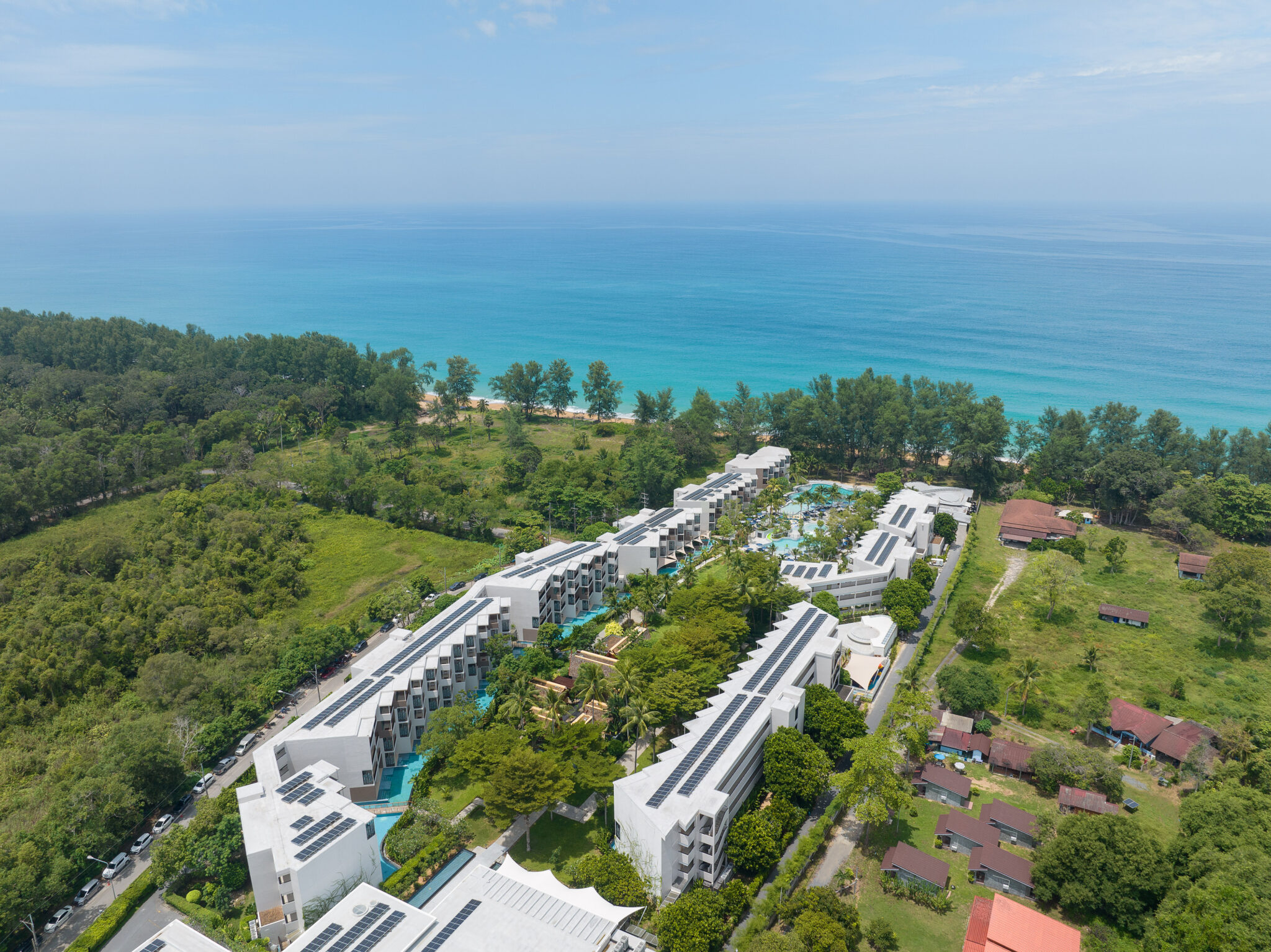
Airlines based in the Asia Pacific region carried a combined total of 25.2 million international passengers in May 2017, up 5.4% year-on-year.
According to the latest data from the Association of Asia Pacific Airlines (AAPA), demand (measured in revenue passenger kilometres, or RPK), jumped 9.4% last month, reflecting the strength of demand on long-haul routes.
This outpaced a 6.4% expansion of seat capacity, allowing airlines’ international passenger load factor – or the average percentage of seats filled – to increase by 2.2 points to 77.4%.
Commenting on the results, AAPA director general Andrew Herdman, said; “The ongoing pick-up in the global economy, accompanied by increased consumer and investment spending has provided a boost to both international air passenger and air cargo markets. Asian carriers are major players in the global air cargo market, and continue to benefit from the upswing in trade growth.”
For the first five months of 2017, international traffic has now increased by 5.8% to an aggregate total of 129m passengers. And looking ahead, Herdman said that the outlook for air passenger traffic in Asia Pacific “remains positive”.
He cautioned however, that airline profitability “remains constrained by competitive yield pressures and higher operating costs”.
“Fuel prices, in particular, have risen by 38% to average US$53 per barrel during the first five months of the year. Given the still challenging operating environment, airlines remain focused on disciplined cost management efforts throughout the business, whilst pursuing further growth opportunities,” Herdman concluded.



 share
share



















































